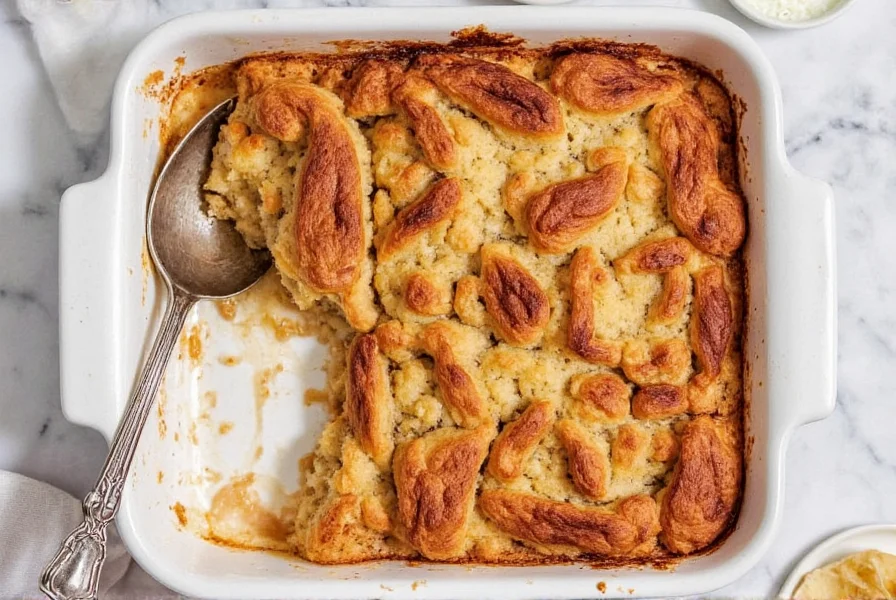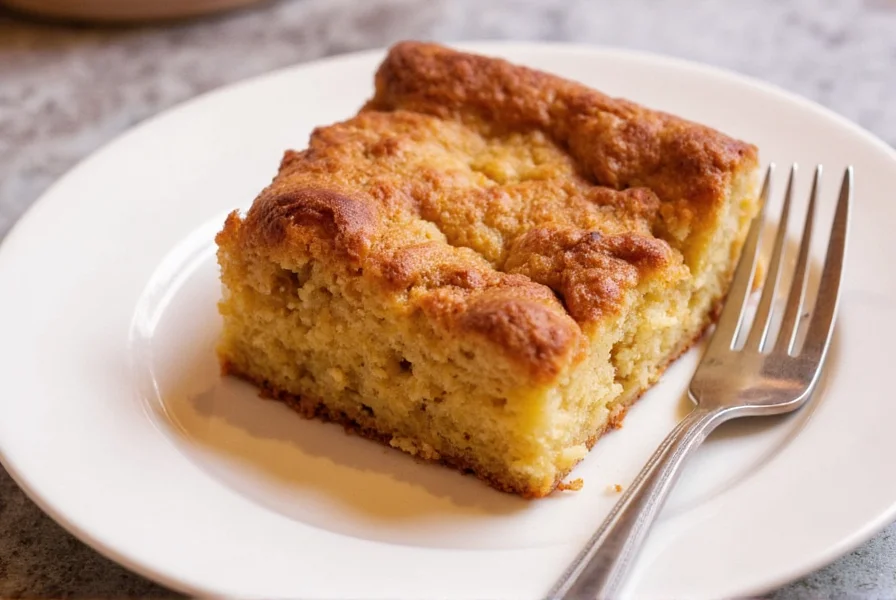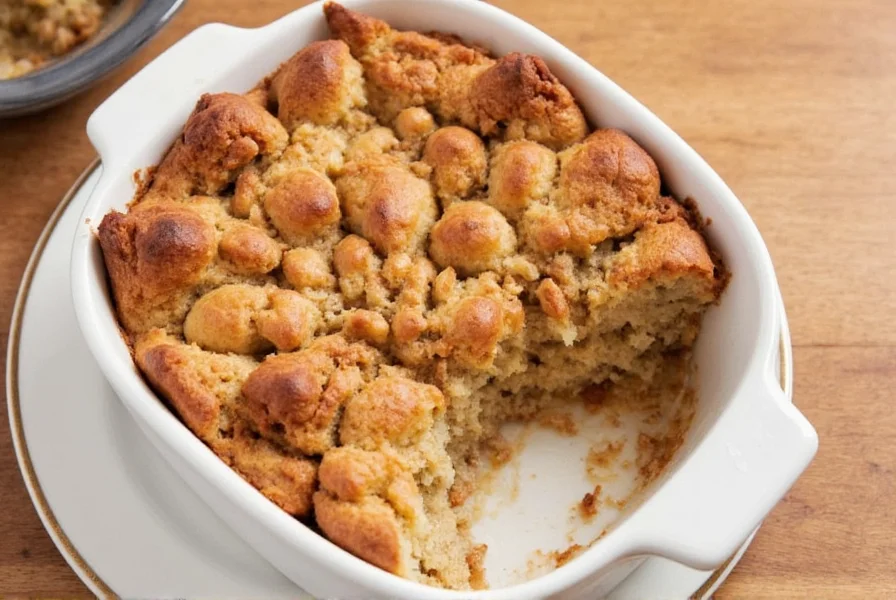If you've ever wondered how to transform simple ingredients into a decadent dessert that impresses guests and satisfies sweet cravings, cinnamon bread pudding delivers. This timeless treat combines humble pantry staples with the warm, comforting spice of cinnamon to create something extraordinary. Unlike basic bread pudding, the addition of quality cinnamon elevates this dessert from simple comfort food to a sophisticated sweet that works equally well for casual family dinners or special occasions.
The Essential Components of Exceptional Cinnamon Bread Pudding
Creating memorable cinnamon bread pudding requires attention to three critical elements: bread selection, custard composition, and cinnamon integration. Many home cooks make the mistake of using the wrong bread type or adding cinnamon haphazardly, resulting in inconsistent flavor and texture.
For optimal results, choose bread with structure that can withstand soaking without disintegrating. Brioche, challah, or French bread work best due to their tight crumb structure and rich flavor profiles that complement cinnamon. Avoid soft sandwich breads which become mushy, and steer clear of heavily seeded varieties that compete with cinnamon's delicate warmth.
| Bread Type | Soaking Time | Cinnamon Compatibility | Texture Result |
|---|---|---|---|
| Brioche | 20-25 minutes | ★★★★★ | Creamy with distinct bread pockets |
| Challah | 15-20 minutes | ★★★★☆ | Firm yet tender |
| French Baguette | 10-15 minutes | ★★★☆☆ | Subtle chew with crisp edges |
| Sourdough | 12-18 minutes | ★★★☆☆ | Tangy contrast to sweet custard |
Mastering the Cinnamon Custard Ratio
The custard base makes or breaks your cinnamon bread pudding. Too much liquid creates a soggy mess; too little results in dry, cake-like texture. The ideal ratio maintains structure while delivering that signature creamy interior.
Professional bakers recommend a 3:2 liquid-to-bread ratio by volume. For every 3 cups of liquid custard, use 2 cups of cubed bread. The liquid component should consist of:
- Heavy cream (60%) for richness
- Whole milk (40%) for balance
- Eggs (2 per 3 cups liquid) for structure
- Sugar (1/2 cup per 3 cups liquid) for sweetness
Cinnamon integration requires special attention. Rather than simply mixing ground cinnamon into the custard, create a cinnamon-infused milk by gently heating milk with cinnamon sticks for 10 minutes before making your custard. This technique extracts maximum flavor without the bitter notes that can come from raw ground cinnamon. Reserve ground cinnamon for the final dusting.
Step-by-Step Cinnamon Bread Pudding Recipe
Follow this professional approach for consistently perfect results:
- Prepare the bread: Cut 6 cups of day-old bread into 3/4-inch cubes and spread on a baking sheet. Dry in a 275°F oven for 15 minutes to remove excess moisture without browning.
- Infuse the milk: Heat 2 cups whole milk with 2 cinnamon sticks over medium-low heat for 10 minutes. Remove from heat and let steep 20 minutes, then discard sticks.
- Create the custard: Whisk 2 cups heavy cream, infused milk, 3 large eggs, 1/2 cup sugar, 1/4 tsp salt, and 1 tsp vanilla until fully combined.
- Combine ingredients: Pour custard over bread cubes in a greased 9x13 baking dish. Press down gently to submerge all bread. Let soak 30 minutes, pressing occasionally.
- Bake to perfection: Bake at 350°F for 45-55 minutes until set but still slightly jiggly in center. A knife inserted should come out mostly clean.
- Rest and serve: Cool 20 minutes before serving. Dust with ground cinnamon and powdered sugar just before serving.

Avoiding Common Cinnamon Bread Pudding Mistakes
Even experienced cooks encounter pitfalls with cinnamon bread pudding. Understanding these common issues prevents disappointment:
- Soggy bottom: Results from insufficient bread drying or too much liquid. Always dry bread cubes slightly before assembling.
- Bland cinnamon flavor: Using only ground cinnamon added directly to custard creates uneven flavor. Infuse milk with cinnamon sticks first.
- Curdling custard: Caused by baking at too high temperature. Maintain 350°F maximum and avoid overbaking.
- Dry texture: Insufficient soaking time or too little custard. Ensure bread fully absorbs liquid before baking.
Delicious Variations to Elevate Your Cinnamon Bread Pudding
Once you've mastered the classic version, experiment with these sophisticated variations that maintain the essential cinnamon bread pudding character while adding exciting dimensions:
- Cinnamon roll bread pudding: Incorporate swirls of brown sugar and additional cinnamon between bread layers, mimicking everyone's favorite bakery treat.
- Bourbon-cinnamon version: Add 2 tablespoons bourbon to the custard for a sophisticated depth that complements the cinnamon beautifully.
- Apple cinnamon bread pudding: Layer thinly sliced tart apples between bread cubes for seasonal variation that enhances the cinnamon notes.
- Vegan adaptation: Substitute coconut milk and flax eggs while using maple syrup instead of sugar for a plant-based version that doesn't sacrifice flavor.

Serving and Storage Recommendations
Cinnamon bread pudding achieves its ideal texture when served slightly warm. The contrast between the crisp top layer and creamy interior disappears when served cold. For best results, reheat individual portions in a 300°F oven for 8-10 minutes.
When storing leftovers, keep these guidelines in mind:
- Refrigerate within 2 hours of baking in an airtight container
- Consume within 3 days for optimal texture
- Freeze for up to 2 months (thaw in refrigerator before reheating)
- Reheat in oven rather than microwave to maintain texture
- Always add fresh cinnamon and powdered sugar after reheating
For entertaining, prepare the bread pudding through the soaking stage one day ahead, then bake just before serving. This advance preparation method actually enhances flavor as the bread fully absorbs the custard mixture.
Frequently Asked Questions
Can I make cinnamon bread pudding without eggs?
Yes, you can create eggless cinnamon bread pudding by substituting each egg with 1/4 cup of silken tofu blended with 2 tablespoons of cornstarch. This maintains the custard's binding properties while keeping the dessert rich and creamy without altering the cinnamon flavor profile significantly.
What's the best way to revive stale bread for cinnamon bread pudding?
The optimal method involves spreading cubed bread on a baking sheet and drying in a 275°F oven for 15-20 minutes. This removes excess moisture without browning, creating the perfect texture to absorb custard while maintaining structure during baking. Avoid using bread that's moldy or has been stored longer than 5 days.
How can I enhance the cinnamon flavor without making it bitter?
For maximum cinnamon flavor without bitterness, infuse the milk with cinnamon sticks rather than using only ground cinnamon. Heat 2 cups milk with 2 cinnamon sticks for 10 minutes, then let steep 20 minutes before making your custard. Reserve ground cinnamon for the final dusting. This technique extracts the complex flavor compounds while avoiding the harsh notes that can come from raw ground cinnamon.
Why does my cinnamon bread pudding sometimes turn out too dense?
Dense cinnamon bread pudding typically results from insufficient custard-to-bread ratio or overmixing. Maintain a 3:2 liquid-to-bread ratio by volume and avoid pressing the bread too firmly into the dish. Let the bread soak gradually rather than forcing absorption. Using fresh bread instead of slightly stale bread also contributes to density as fresh bread retains too much moisture.











 浙公网安备
33010002000092号
浙公网安备
33010002000092号 浙B2-20120091-4
浙B2-20120091-4